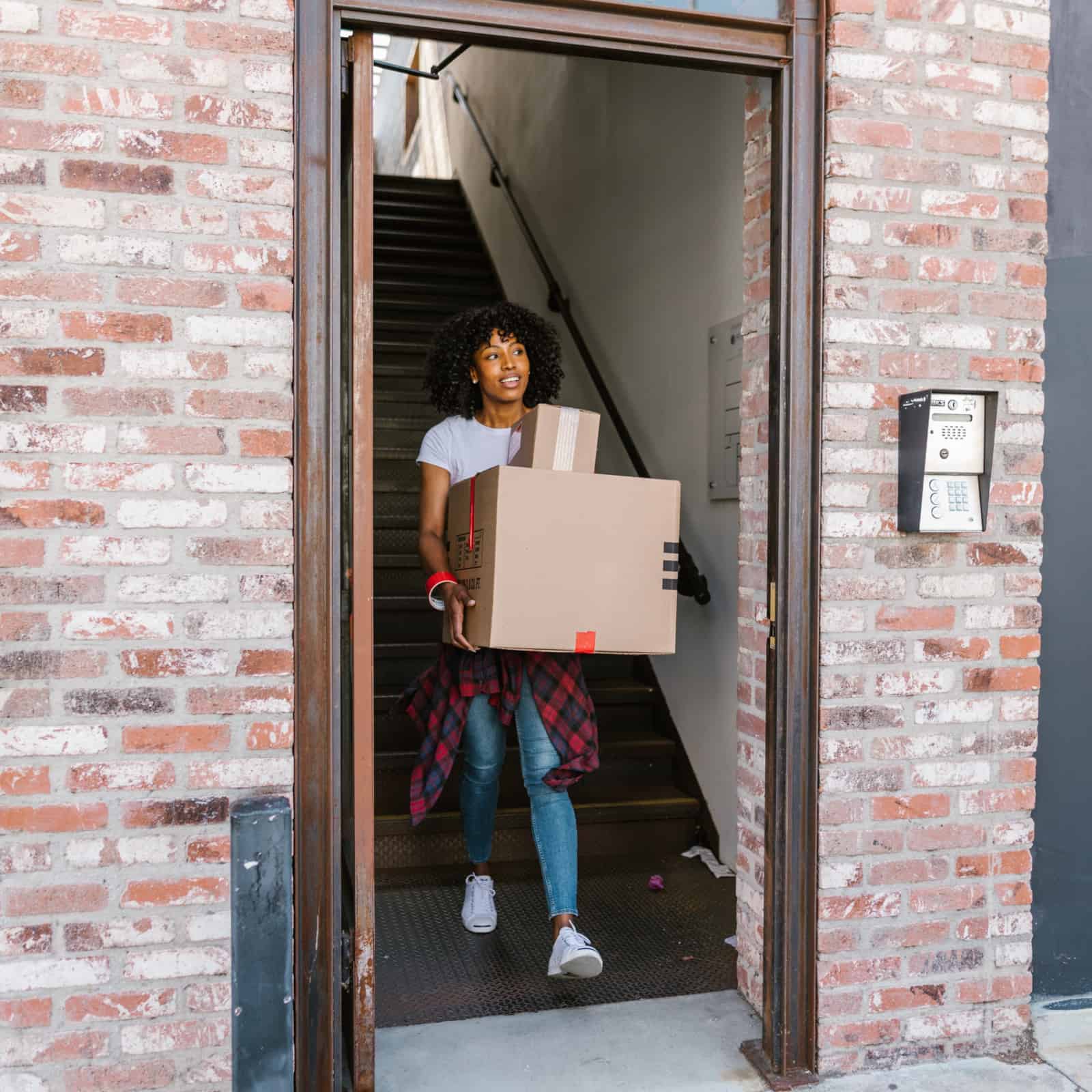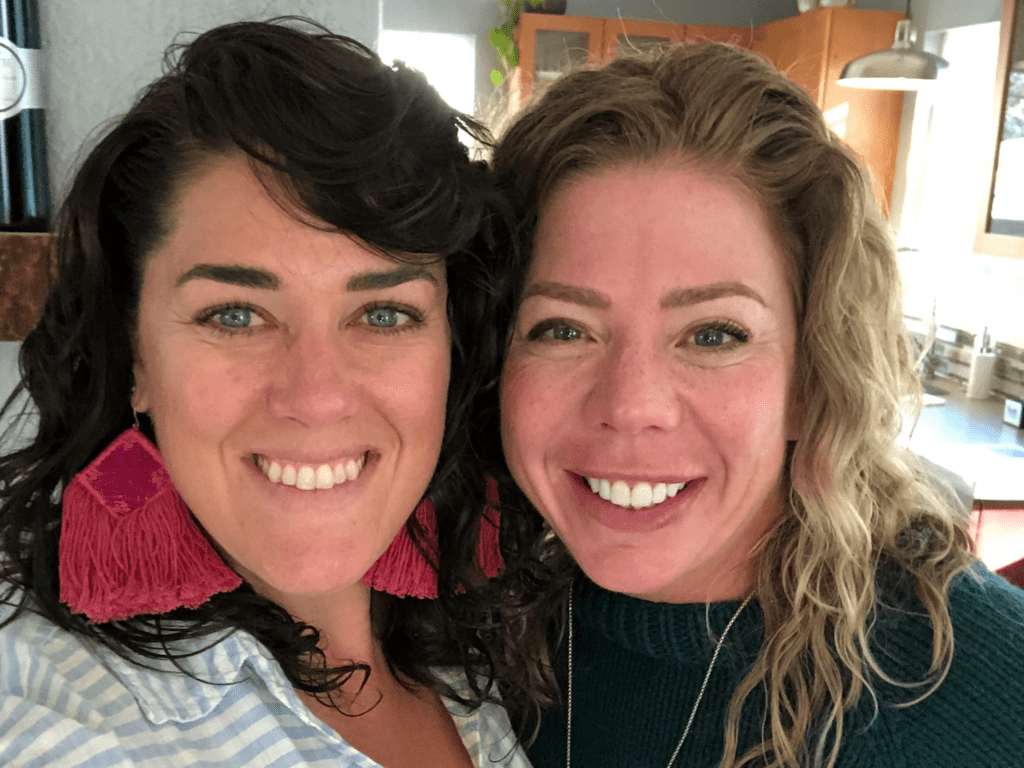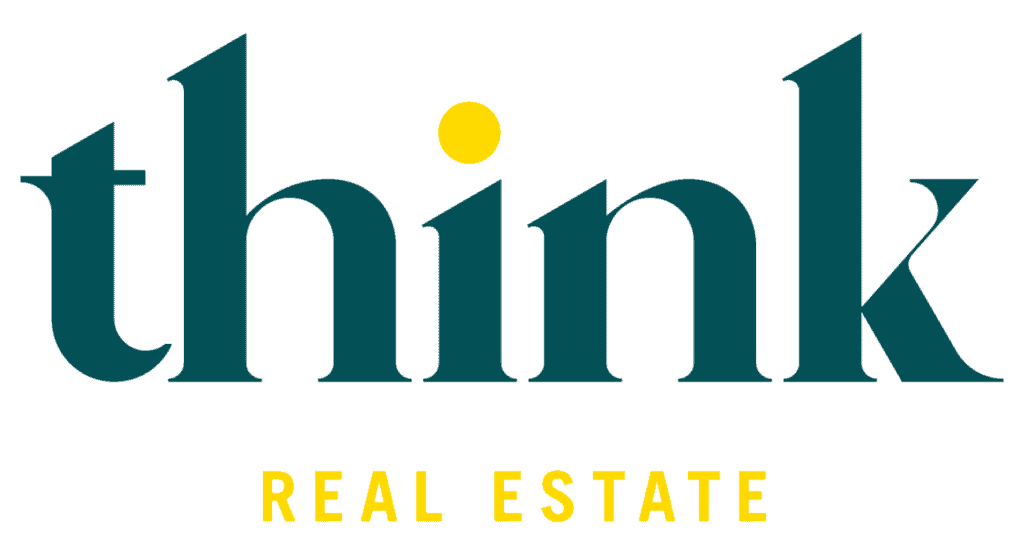Are you a homeowner looking to make the jump from one house to another? Well, lucky for you, I paired up with my bad-ass lender friend Steph Noble (follow her on IG here!) for a recent Instagram live where we spilled all the deets.
Keep reading to find out all the ways you can turn the equity in your first property into something even better for you. We cover the pros and cons of your three options:
- Buy, then sell
- Sell, then buy
- Buy AND sell at the same time
and much more. Every homeowner’s puzzle pieces fit differently, it just takes people — like us! — who know how to fit them together for YOUR unique situation!
If you’re new here, I’m Lauren Goché — a Portland realtor with a decade of experience backing me up. This means I’ve weathered more than a few market shifts over the course of my career, and specialize in making sure you can make the most of the market for your goals. Read more about me here.
Option 1: Buy, Then Sell
What You Need to Know
This is the simplest, and in our opinion, least stressful, best option. The process goes as follows: You buy a house, close on it, move into it, THEN you sell your current home.
It requires that you (1) have money for a downpayment without selling your current house, and (2) you are able to carry loans on both homes during the transition.
The most important thing you need to know is that the minimum down payment you need on the next home is 5%. While it may seem like a bummer to not put more money towards equity upfront, once you sell your current home, you can use the profit from that sale to lower your mortgage payment on the new house.
The Pros
1. Plenty of time to find the right home
One of the biggest pros of buying first is that you’re under no time crunch to find the right house for you. This is great because you’ll be a lot pickier about your next home — and you should be — after all, your first house isn’t your forever house, it’s a way to get your foot in the door. Your second time around, you’ll be much more aware of what you want in a home.
2. Move only once
You’ll be able to move right into your new home instead of worrying about temporary housing if you sell first and then buy.
3. Have your home magazine ready
The proof is in the numbers! If a property is un-staged and the owner is still living there, our listings sell on average 4% above the listing price. But when they’re staged and vacant, they sell on average 16% above the listing price. No wonder I can’t shut up about staging!
If you haven’t already, check out my blogs about the benefits of staging, Portland’s best stager, and 4 SHOCKING before-and-after transformations.
4. Potentially net more profit
Buying first lets you be picky on your purchase, enjoy a full-blown staging transformation at the old house, and market your home at an optimal time — all that leads to potentially netting more profit, always our goal.
The Cons
1. You don’t know how much you’ll net
You won’t know how much equity you net from the sale of your house, until well after you buy your second home. This might lead you to err more on the conservative side of your purchase.
2. Not having all the equity
Because you won’t have the equity from your first home, you might have to put down a low down payment. This is temporary though, once you sell your first home, you can make a lump sum payment to lower your mortgage.
3. Rushed selling
Handling two mortgages is not a position most people want to stay in for long. Once you make your purchase, you’ll need to sell your home as fast as possible. In this scenario, I lean more on the conservative side with pricing because we want to avoid your house sitting on the market.
4. Having two mortgages (temporarily)
Although this should only be the case for a few months, it could still be very nerve-wracking since you won’t know when your home sells until it does.
Financing Options
- 5% down: As mentioned above, as long as you have 5% down, you’re set. You might feel like you have all this equity in your old home, and it’s a waste that you can’t put more down. Everything has its time — once you sell, then make a lump sum payment and recast your mortgage.
- Family help: Not all of us have access to this, but if you can get a family member to spot you during the transition, definitely use it!
- Bridge loan: This is a short-term loan that is meant to help you bridge the gap between selling your current home and buying a new one. You can borrow up to 80% of your home’s value.
- HELOC: I think that if you own a house for more than a couple of years, you MUST open a home equity line of credit. It’s very inexpensive and tends to have lower interest rates than other types of loans. Take it from me, I used a HELOC to put a down payment on a second home AND pay off credit card debt.
- Borrow against your 401k: The specifics depend on your 401k, so check in with your employer if this is the option you want to take. You can temporarily borrow against it for five years.
Recasting Your Mortgage
Let’s say you put down a low downpayment and now you’re getting shockingly high monthly payments that make you feel like you’re gonna puke. Remember, it’s not forever — this is when you recast your mortgage. Typically lenders will allow you to do a lump sum payment to the mortgage and when they recast it, they recalculate your payments based on the remaining term of the loan, therefore lowering your monthly payment.
Option 2: Sell, Then Buy
What You Need to Know
Let’s say we’ve gone through your options, and there is no way you can buy first — this is your next scenario. The process goes as follows: You put your house on the market, get it under contract, close on selling your house, get the money in your bank account, and THEN start looking for the next house you’re going to buy.
After you close on your house, you can negotiate to get “rent back” from your buyer for up to 60 days. This means you can continue living in your home, yet have the funds to buy a new home.
The Pros
1. Avoid a rushed home sale
You have the time to wait until you get an offer that you’re satisfied with, without the pressure of paying a second mortgage.
2. Know what you net
Knowing how much your home sells will give you a clean budget when it’s time to buy your second house.
The Cons
1. Rushing your new home purchase
If you’re doing a rent-back, once you close on your house, you only have 60 days to move out. In my experience, this gives you around 30 days to close on your new home — that can be a squeeze! One way you could avoid this is by finding a temporary housing option like living with family or getting an Airbnb.
2. Potentially needing to move twice
If you decide to give yourself more time in your new home search, then you’ll have to move twice, once to a temporary housing option, and then to your new home. Moving is tiring, and your in-between stay might cost you a pretty penny.
3. Partial staging could net you less profit
With this option, you’ll be living in your house during viewings which means you can kiss goodbye to a full staging makeover. That’s a real shame as you’ll likely miss out on some profit as professional staging is proven to sell your home for a higher price. We’ll still make sure your house looks great — expect Daisy (@housewitchpdx) and me to come over with a freakish amount of throw pillows!
Option 3: Sell AND Buy
What You Need to Know
This option was frankly non-existent in the seller market of the past ten years. Now that we’re moving towards a neutral market, we might see it more often.
The scenario looks like this: you put an offer on the new house contingent on selling your current house. Usually, the offer stipulates that you put your house on the market within an incredibly short timeframe, like a few days — insane, I know, but it can happen.
The Pros
1. Hit two birds with one stone
The main appeal of this option is that it gets rid of a transition period. That means you’ll only have to worry about one mortgage and one move.
The Cons
1. Less attractive to sellers
Sellers want as close to a sure thing as possible and accepting this contingency adds the risk that the buyer gets cold feet and decides not to sell. So if they have multiple offers, yours might be last on their list.
2. Prepping a house for sale is no joke!
The time frame to get your house ready, from packing to staging to getting it photographed is incredibly short — ask yourself, are you really up for it?
3. Less staging means less profit
Another big setback to this option is there’s not enough time to get your home fully staged. Selling your home without professional staging will most likely leave you with a lower price tag than if it were styled for maximum appeal.
My Experience: Return of the Salty Dog!
I’m spilling all the dirty secrets about my first home, the Salty Dog because I think it’s a really good example of moving from one house to the other. It goes to show that you don’t necessarily have to sell right away if you feel like you want to see some more appreciation on your first house. Let’s get started!
Back in 2017 (or was it 2016?) I bought my first house for $260,000 (I think?)— ahhh I miss those times — and I put 3% down. I was barely, barely, barely able to scrape that together. I lived in it for seven years, and I did LOTS of upgrades here and there and made it hella cute (remember, cute sells!).
Fast forward a few years and I’m ready to buy my second home. For once I took my own advice (guilty as charged!) and already had a HELOC on the first house. I used it to pay off my mortgage insurance, put 10% down, AND renovate the bathroom in my new abode.
Once I moved in, I started renting out the Salty Dog and using that money to cover my first mortgage. I kept doing this for two years until I had to decide whether to convert it into an investment property, or sell it and avoid the capital gains tax. I was sensing a shift in the market and I wanted to get out while I could — so I decided to sell.
My gut was right, and it turns out I sold the Salty Dog right at the very last peak of the market. With the profits, I paid off my HELOC and bought a multifamily house that I planned to eventually leverage into better rental income. I won’t go into specifics, but I made a prettyyyy good profit. And THAT’S on savvy real estate planning.
Key Takeaways:
- The minimum down payment is 5%, once you get the equity from the previous home, recast your mortgage to lower your payments.
- Buying first, THEN selling is the simplest, least stressful, and in our opinion, best option. If there’s no way you can buy first, THEN look into selling first.
- You can buy AND sell by putting an offer on the new house contingent on selling your current house — but it’s not very common.
- Open a HELOC on your home, they’re inexpensive and always nice to have ready.
- If you buy first, you don’t have to sell right away if you want to see more appreciation on your first house.
Are you looking to sell your home and buy a new one? Get the experienced support you need in Portland’s real estate market by working with me. I’m ready to help find your perfect next home! Let’s get started — get in touch with me here!







